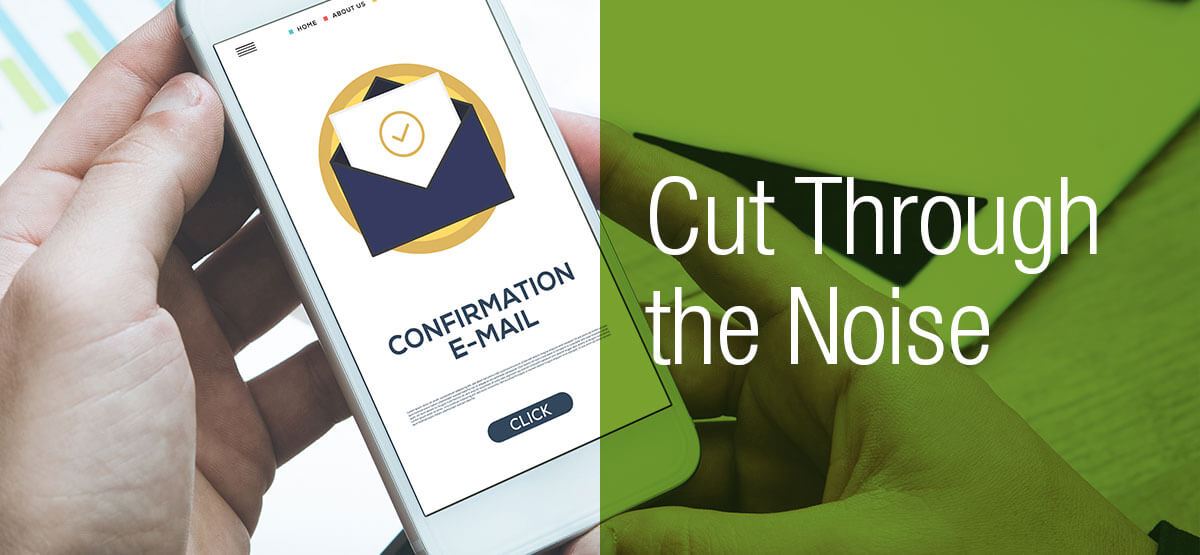By 2019, there is expected to be a total of 246 billion emails sent and received per day.
The average business person sends and receives approximately 120 emails per day, and for any business executive, finding the time to keep up with emails can be challenging – and while important, a huge time suck.
The noise of email marketing is overwhelming in today’s marketplace. A one-time email effort is no longer effective, and if your email manages to avoid the recipient's clutter or spam folder, the headline needs to be catchy and relevant in order to even consider being opened. So, what can be done to cut through all of the email marketing noise, in order to stand out in your recipient’s inbox?
Here are 7 things to keep in mind while creating your next email campaign:
1. Email Campaign Planning.
Having a well-thought-out plan will aid in the execution and follow-up of any email marketing campaign.
- Identify your target audience. Who is your campaign targeting? Understanding your audience and their needs will help you create and deliver a relevant campaign that will likely engage your audience.
- Identify your objectives and goals. What is the purpose of these email efforts? Create awareness, drive more traffic, generate leads or sales, or improve customer relations? Defining and understanding your objectives and goals will help you in tailoring a campaign that is attractive to your target audience.
2. Personalization and Relevancy.
Use the information you gathered from your target audience to create a personalized and relevant campaign. Develop special offers for certain audiences, write compelling text for other audiences, or focus on certain areas of interest at the right time to drive success with your campaigns.
3. Catch the Subject Line.
The email subject is the first impression the recipient has to want to engage with your email. If they are not interested in the subject line – chances are they won’t take the time to open the email. The subject line should be catchy, relevant to the content, and give recipients a reason to want to open the email in the first place. Using the keywords ‘Free’ can trigger spam filters and deliver your message to the black hole of ‘Spam’ or ‘Junk Mail’ folders where they may never see the light of day.
4. Include Call to Actions.
What are they? Where are they? Make sure your calls to action are prominent, and if possible, try to have more than one. These calls to action should include a contact email or phone number, or drive to a landing page that is relevant to the text in the email. When creating a landing page keep in mind your objectives and goals that were determined when creating this email campaign in the first place.
5. Test, Test, TEST!
As the saying goes, you only have one first impression. Make sure your email campaign is tested for. Test the email yourself as well as other people to ensure the email works, there are no typos, and all links click through to the correct landing pages.
6. Monitor and Measure Results.
Understanding your results for a specific campaign can only help shape your next campaigns. By studying and analyzing your email campaign performance, you can use the insight to improve for the next email.
7. Maintain a Clean and Relevant List.
Keep your list accurate and up to date by making sure you have a scrubbed list. Having a list that has accurate names and email addresses will only ensure the effectiveness and success of a campaign.


